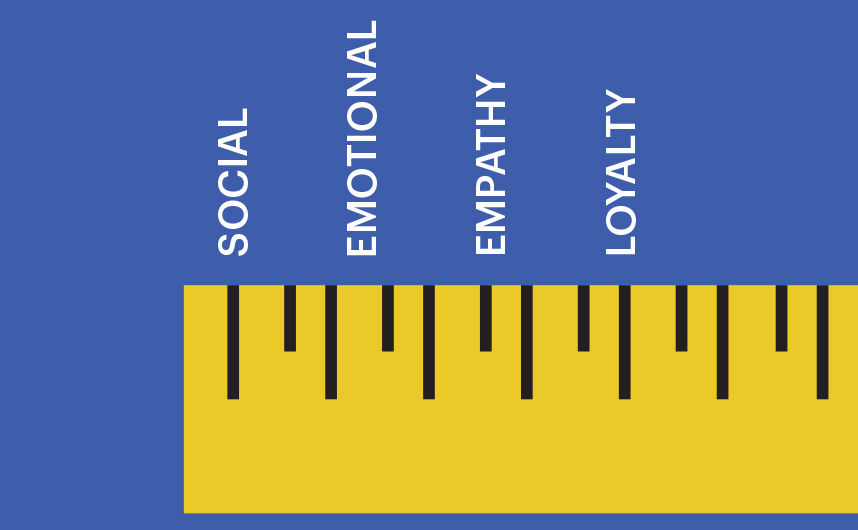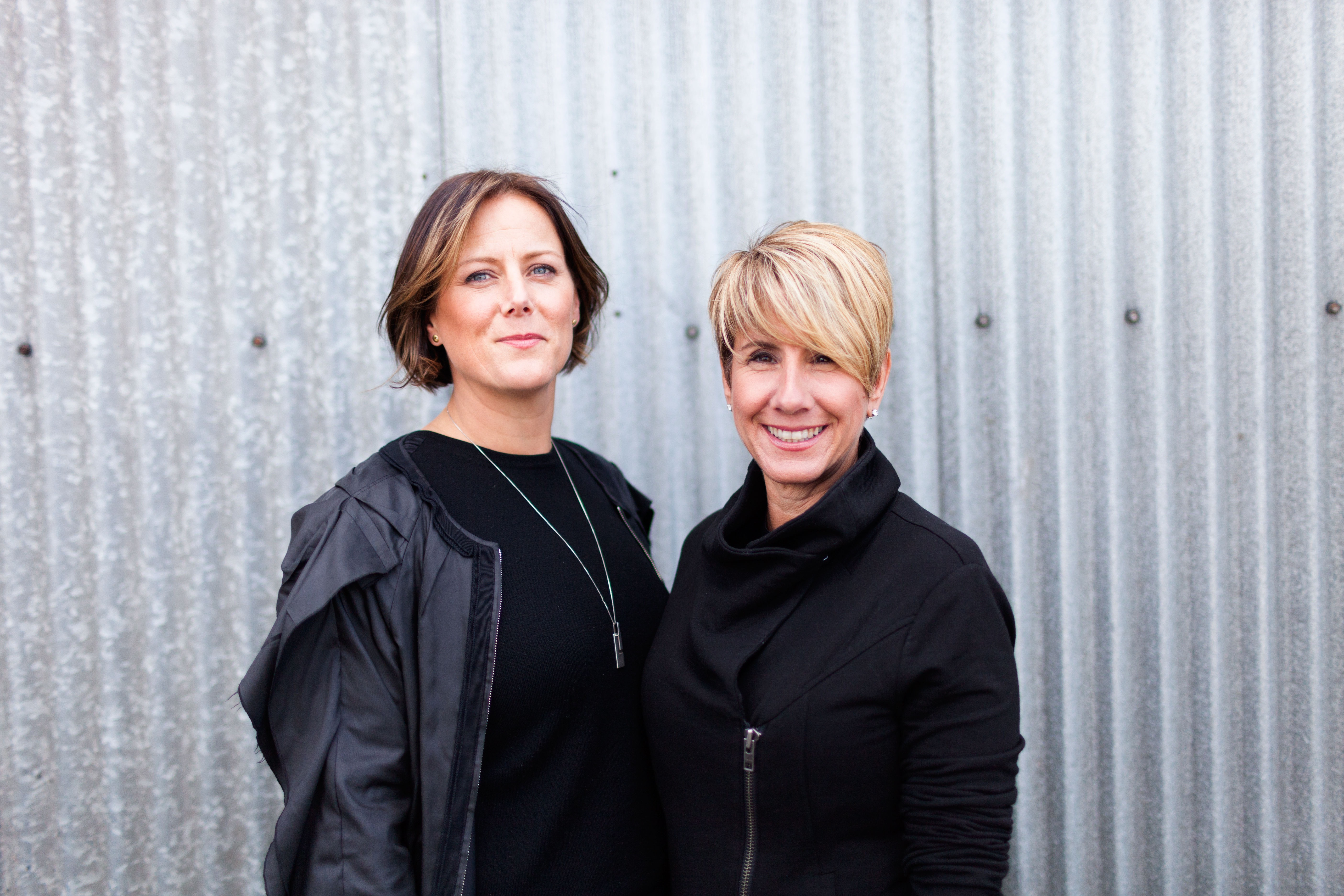A brand strategy firm perspective
There’s been a lot of buzz lately around brand purpose – a concept that San Francisco’s Brand Strategy Firm, Emotive Brand has championed from our very beginning. Unfortunately, with buzz, comes confusion. It’s easy to get lost in the vernacular and repetitions and lose the answers to the key questions at hand. Tracy Lloyd, founding partner and Chief Strategy Officer of Emotive Brand, offers some clarity, opinions, and answers to questions surrounding the concept of purpose-led brands.
1. What does it mean to be a purpose-led brand?
A purpose-led brand is a brand that is driven by a shared ambition, goal, or reason for being. Being a truly purpose-led brand means so much more than marketing your company’s purpose. I think many leaders have the ambition to be purpose-led, but are unwilling to do what it takes behaviorally to live their purpose. Purpose is something that people can identify with, internalize, and put into action for themselves. Purpose-led companies go beyond the obvious drivers of generating profit and creating shareholder value, and try to connect with people in authentic and emotionally meaningful ways. In 2016, I’m seeing a trend and stronger conviction in the idea that there is room for purpose AND profit, and I imagine we will see more and more leaders move toward this belief as they manage their business. Those leaders who are truly guided by their purpose will see their business gain the benefits of both purpose and profit.
2. How can brand purpose differentiate your business?
Purpose is what people are looking for in their day to day lives. So brands that lead with purpose have a real opportunity to connect with people in ways that matter. Be it to recruit top talent to an organization or to encourage people to choose your brand over another, purpose is becoming a deciding factor in our decision-making. We want to buy into something that makes us feel good. Something that makes us feel like we are a part of something larger than ourselves — larger than a single and fleeting purchase or a uninspired job that pays the bills. Purpose differentiates businesses because it connects ideas, people, activities, causes, and products that make lives matter in new and compelling ways.
3. How do you find your purpose?
I believe purpose finds you. And it is the one thing that drives people to build something that can change lives. Purpose is what drives you. For business owners, it might be the “why” that explains their decision to leave a previous job and create something new – something they believe in, are inspired by daily, something they feel could change the world. Your purpose is what attracts people to help you build it, and people to buy it. It is the common denominator of belief and this sets the foundation for other to be willing to work toward your shared ambition. When you lead with purpose, you can develop incredibly energized followers who share your beliefs.
4. Why should companies be thinking about purpose in the workplace?
There is no doubt in my mind that leading with purpose is what enables a thriving corporate culture. It is what will attract the right employees to you, keep the right employees with you, and more meaningfully engage employees in ways that will help both them and your business thrive. Workplaces automatically become more meaningful when employees share in the purpose of what the company is about.
To take this one step further and drive even more alignment and meaning in the workplace, outline the behavior shifts that employees and departments should work toward to support the purpose. This provides the opportunity for them to understand how their roles matter in the larger scheme of delivering on that purpose. When companies take this step, great things can happen: to the culture, to the bottom line, to how people feel about you internally and externally. A shared and embraced goal creates an aligned and engaged workplace.
5. Are purpose-led brands just the marketing buzzword of 2016?
I don’t think so. We’ve created a proprietary methodology and have been building a practice around purpose-led brands for the past 10 years. I believe purpose-led will become the defacto standard at some point. The world is changing, and people are looking for more meaning in their lives. We built Emotive Brand on this premise. And as time goes on, I think the value proposition, that, people want to work for, buy from, and engage with purpose-led brands, will be the most important way for brands to meaningfully connect with people today and in the future — which will create a win-win for everyone.
Emotive Brand is a San Francisco brand strategy firm.












